Address
5th Floor, No.77 Xinhe Rd, Shangmugu, Pinghu Area, Longgang District, Shenzhen, Guangdong, China
Contact
Email [email protected]
Tell (+86) 755-25507076
5th Floor, No.77 Xinhe Rd, Shangmugu, Pinghu Area, Longgang District, Shenzhen, Guangdong, China
Email [email protected]
Tell (+86) 755-25507076
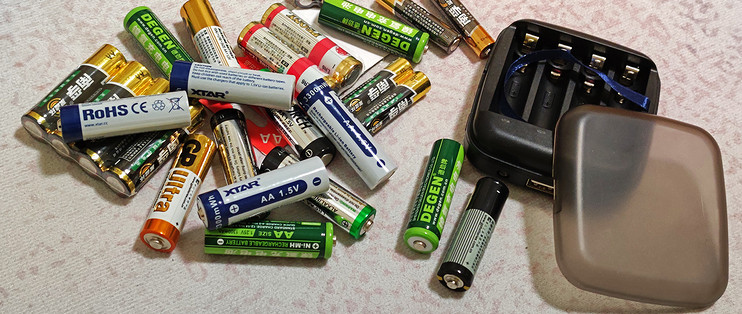
Batteries are one of the most commonly used items for every household, especially the AA and AAA batteries. Among those batteries, alkaline batteries are the most commonly used, but liquids are prone to leakage after long-term storage, which will damage the electrical equipment. There is no risk of leakage of the carbon battery, but its capacity is small, and it will soon run out. The voltage of the NiMH rechargeable battery is low and the capacity is too small. Lithium battery has sufficient voltage, large capacity, and no leakage. It is indeed the best choice for AA batteries.
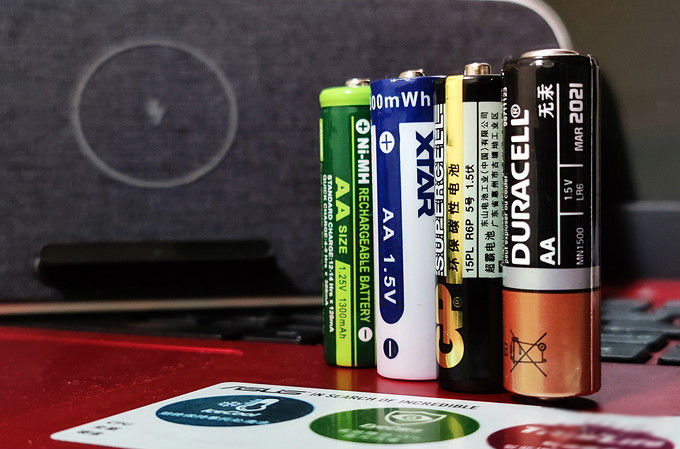
XTAR recently launched a charger BC4 compatible with AA and AAA rechargeable batteries, that is, a charger that can charge 4 batteries at the same time. And they incidentally launched a 1.5V AA rechargeable lithium battery. Next, let me make an introduction to each function.
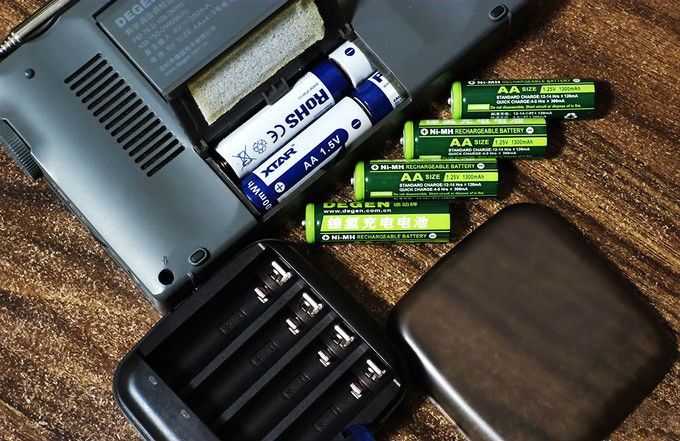
Why use 1.5V lithium ion battery?
My children have many such toy cars, and I believe many families also have them. If you use alkaline batteries, take Energizer AA batteries for example, 4 batteries will cost about $3, and the batteries will run out in a short time. As the disposable alkaline batteries cannot be recharged, you have to buy new ones again. If you use Ni-MH batteries, the voltage of NiMH cells will drop, the speed of the car will become slower and slower, then you have to stop and charge the batteries again. It is so annoying.
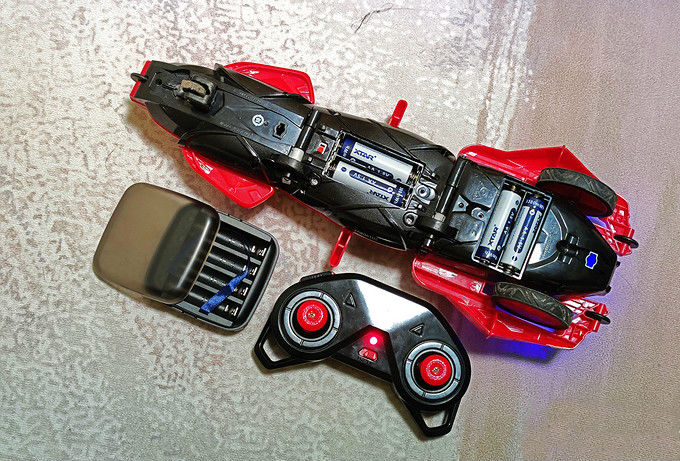
AA batteries are the most commonly used in daily life. The wireless mice, radios and other devices often run out of electricity unknowingly. If they are not used for a long time, they are afraid of being damaged by leakage.
There are some electrical tools that require strong power and are used repeatedly. The alkaline batteries obviously cost too much after a long time.
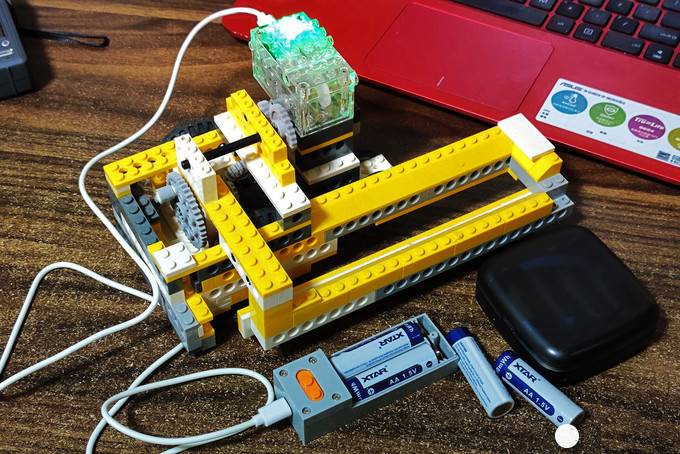
The 1.5V AA lithium ion rechargeable battery can solve the above problem well. It has high power and a large capacity of 3.3Wh, which is enough for daily use. And the BC4 can charge 4 batteries at the same time. Under long-term recycling, the cost is shared. So it is not only environmentally friendly, but also money-saving.
The 1.5V rechargeable AA lithium ion battery has the same size and specifications as ordinary alkaline batteries and NiMH batteries. Here I want to explain again, the 1.5V AA lithium ion batteries are not 3.7V 14500 batteries, although they are all lithium batteries and the sizes are the same.
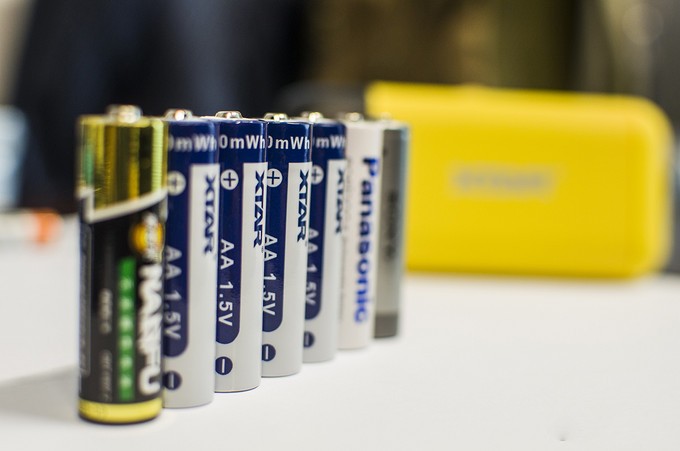
After all, the high-voltage lithium-ion battery has a little security risk, especially the short circuit generates a lot of heat, which is easy to cause fire. Do not mix use the 14500 battery and AA battery, otherwise the high voltage will burn the electrical equipment. Of course, the XTAR BC4 does not support charging 14500s.
Besides charging, what are the highlights of BC4?
The first highlight is USB output.
The batteries in the BC4 can be used to charge electrical devices. And thanks to the use of lithium batteries, the discharge capacity is still relatively strong. The mobile phone can be charged with a current close to 1.5A. At this time, the discharge power of BC4 exceeds 7.2W, quickly charging your phone.
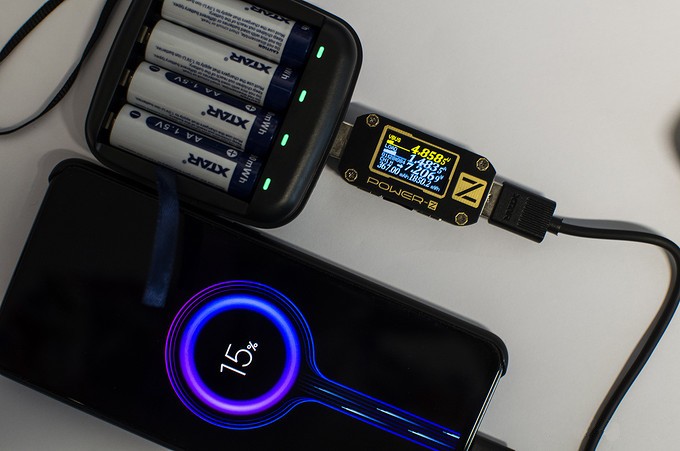
No Li-ion batteries? It doesn’t matter. You can get the disposable alkaline batteries easily. The XTAR BC4 also support the USB output of common disposable alkaline batteries with power 1A, 5W. Therefore, BC4 is a good device for emergency use.
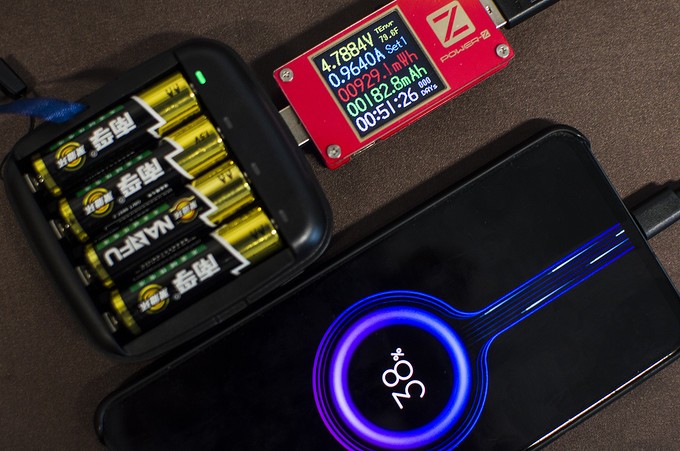
The second highlight is LED lighting.
There is a LED light on the side of input and output port. It can be used as emergency lighting. And there is a lanyard on the BC4. You can hang BC4 on your wrist, your bags or other equipments.
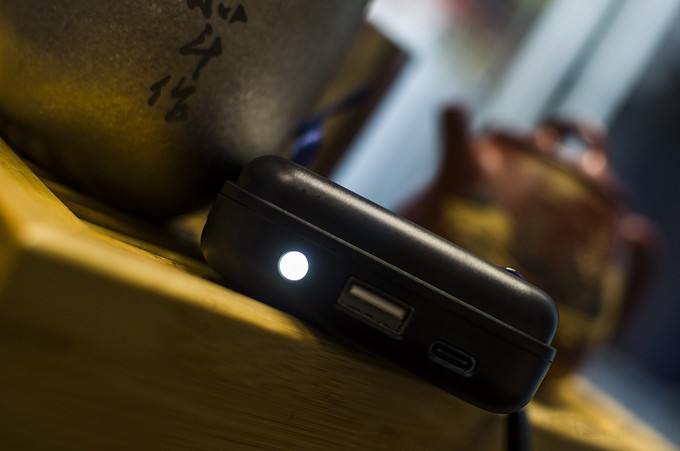
The brightness of the BC4 is higher than that of the mobile phone flash. When walking at night, or find something in the box or cabinet, it can fully achieve emergency lighting.
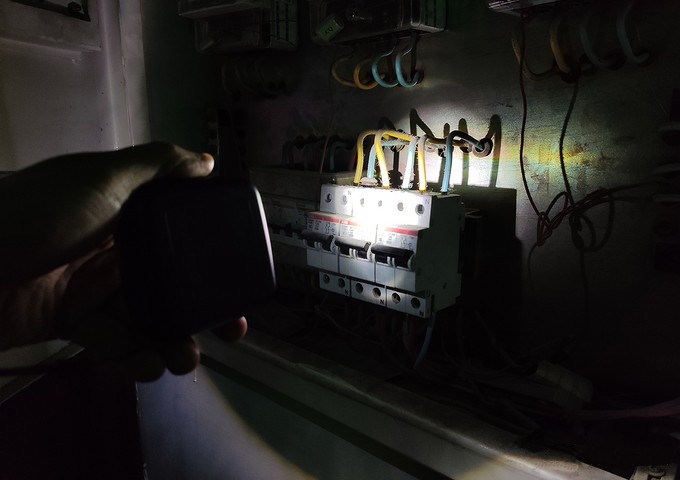
The brightness of using 1.5V lithium ion batteries is the same as that of the ordinary alkaline and Ni-MH batteries. You need to place at least 3 batteries to start the lighting, and install them from left to right.
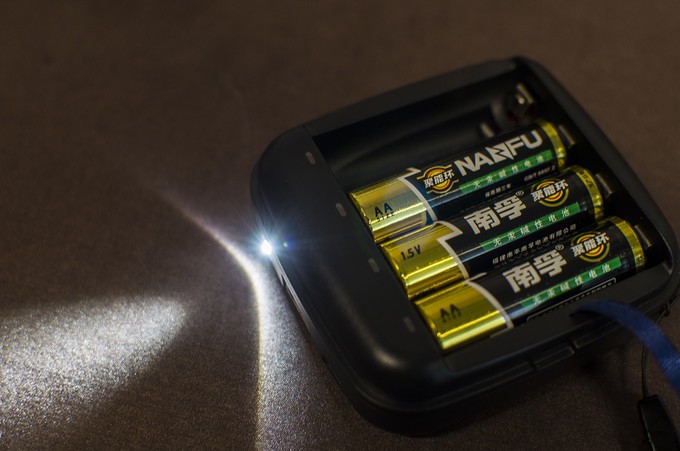
Simple appearance, ensuring safe use
BC4 is packaged in clamshell. In the package, there is:
BC4 charger x 1
USB A – USB C cable x 1
Lanyard x 1
User manual x 1
There are no batteries inside. You need to buy them seperately. The BC4 has passed RoHS, FCC, CE and other certifications.
The BC4 has a very small size with the outer cover: L79 × W75 × H21mm. Compared with the popular AA battery charger Panasonic CC53, it is much smaller, really more space-saving.
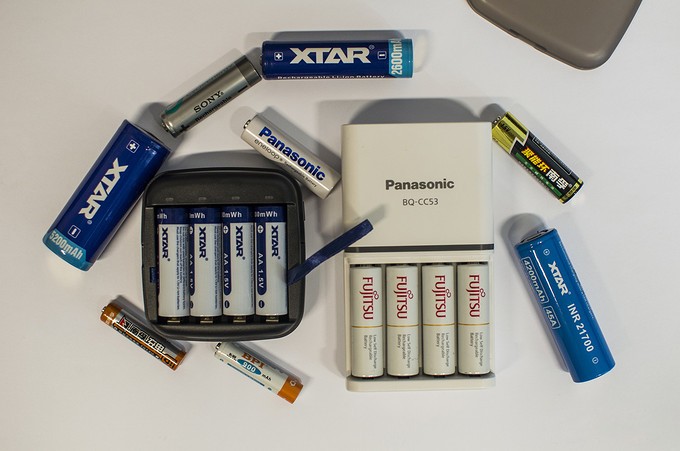
The weight of the BC4 with a lanyard is 71.2g, and with the four original XTAR AA lithium batteries are 147.3g. The weight is acceptable. It is not cumbersome to put one in the bag for emergency needs.
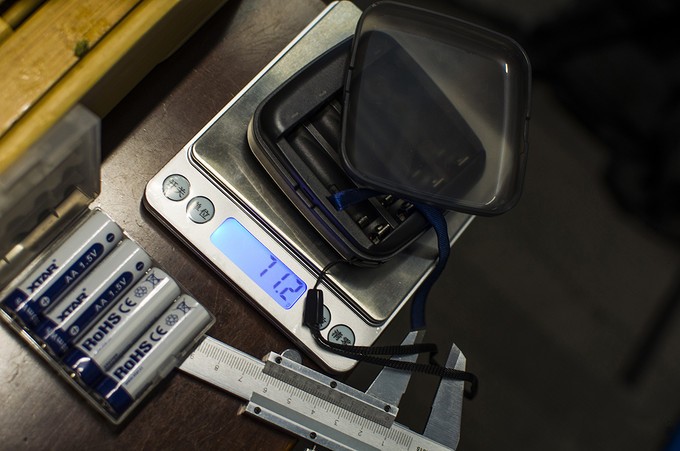
BC4 is made of fire-resistant and flame-retardant PC material to ensure safe use. All of the corners and lumps are smooth to hold by hand.
Easy observation and open
The outer cover of the BC4 is made with transparent frosted material, convenient for observing the internal battery. It can be easily removed during use, which is convenient to install and remove the batteries.
XTAR also added a ribbon for the BC4 charger. Pull it when you remove the batteries to avoid damage to the batteries.
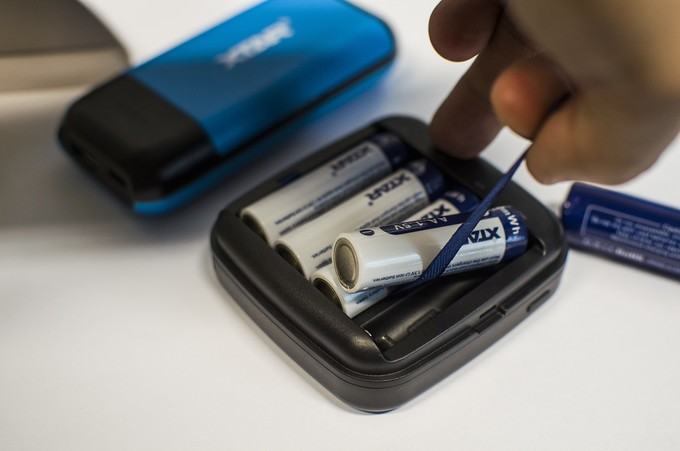
As with the XTAR PB series, the BC4’s outer cover also has a finger buckle slot on each side for facilitate removal. It is more convenient if a magnetic cover is also used, I think.
The overall workmanship of BC4 is good, with a smooth surface, uniform seams, and tight opening and closing. If a trademark is printed on BC4, the sense of family series will be clearer.
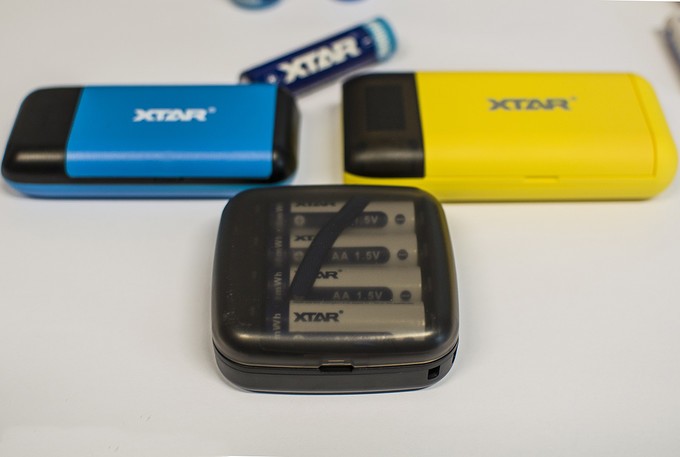
Anti-reverse connection to ensure safety
BC4 is a 4-slot charger, compatible with AA and AAA batteries for each slot. The charging slot has a groove design to better hold each battery.
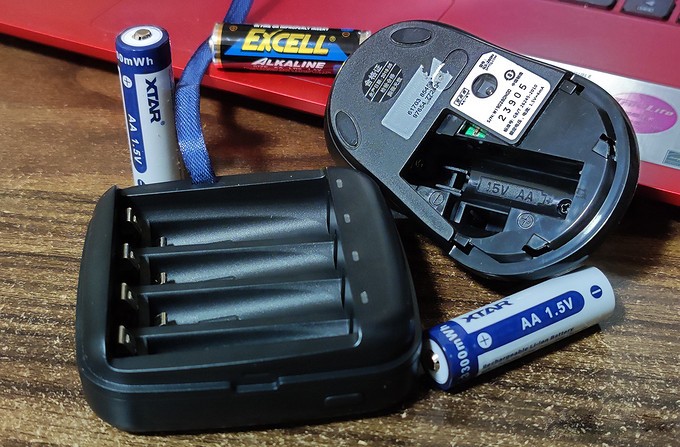
The negative pole of BC4 is the upper and lower spring contacts, and the middle is raised to ensure good contact with the negative pole of the battery. The spring has a large elastic force to avoid battery drop in shaking.
The positive electrode also has a contact on the upper and lower sides to ensure good contact. In addition, the positive contact is embedded in the slot of the case, and it does not rise above the surface. The positive electrode of the battery can just be stuck in the slot to maintain contact. If you install the negative terminal to the positive end, it will not be in contact, forming a anti-reverse connection.
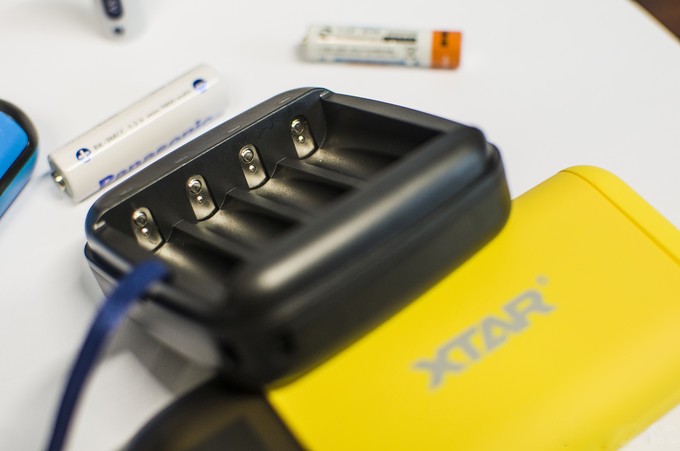
If the connection is reversed during use, on the one hand, the negative electrode will not touch the positive contact of BC4; on the other hand, the battery will be about 2mm longer than the correct installation, which is difficult to place. Even if installed, it is not actually connected the circuit, therefore it will not damage the battery and will not cause danger.

Two-color indicator display
There is a small power switch button on the right side of BC4 to control its output. Long press to turn the lighting on or off, short press to display the power.
There is a red and green LED indicator light in front of each battery slot. They are used to indicate the current working status or battery charging and discharging conditions. And the display is clear.
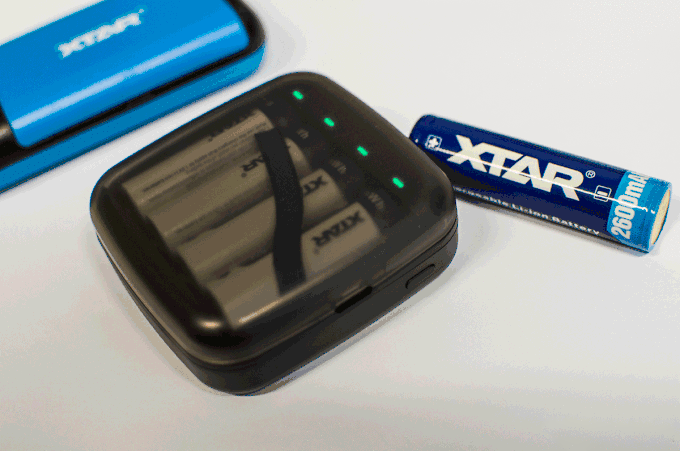
During charging, no matter what kind of battery, as long as the power is connected, the indicators will automatically light up. The four indicators are displayed independently. The red color means the battery is charging. Green color means the battery in this slot is fully charged.
When discharging batteries, the four indicators become the capacity indication of BC4, and dynamically display the remaining power status. Each indicator shows 25% of the power. That is:
4 indicators: 100%
3 indicators: 75%
2 indicators: 50%
1 indicator: 25%
But if you use 1.5V rechargeable lithium ion batteries, When all four lights are on, that means there is power, and when all four lights are off, the power is exhausted. That is because this kind of battery always keep the constant voltage state while charging and discharging.
Charging all AA/AAA Li-ion & Ni-MH batteries
The reverse side of the BC4 is printed with related specifications. It can charge 1.5V Li-ion, IMR, INR, ICR batteries, and 1.2V Ni-MH AA/AAA batteries. The 3.7V 14500 battery is not suitable.
The max input power is 5V 2A. And the output power is 5V 1A. The max current of each slot is 0.5A. Let’s see the detailed tests.
Charging Li-ion batteries
Just as the XTAR official advertising, the BC4 was born for 1.5V Li-ion batteries. When charging, it reaches the stardard power 5.1V, 2A, 10W fast charging.
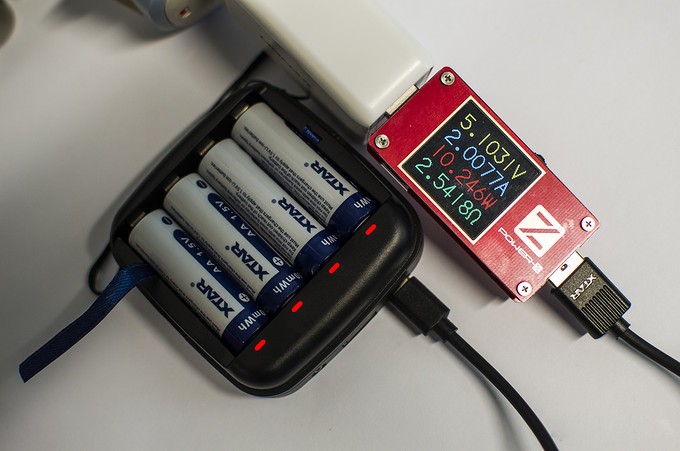
It can also charge only two batteries. At this time, the charging voltage remains unchanged, and the current intensity is halved. It can be seen that the maximum 0.5A per slot is accurate.
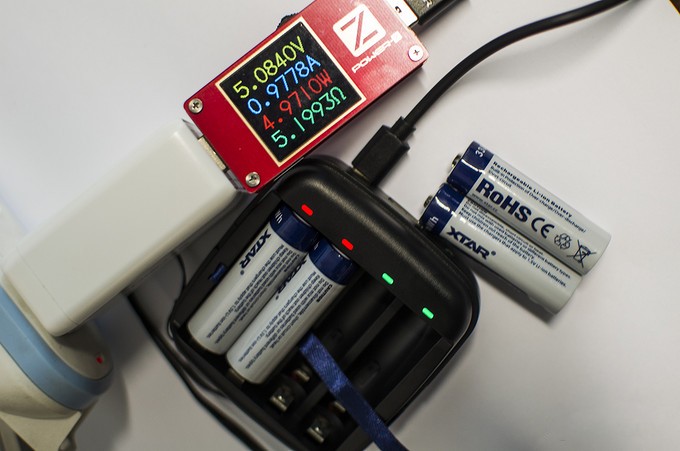
When the room temperature was 25.7°C, the current dropped to 1.5A during charging. The temperature of the battery surface measured was 39.3°C. The temperature inside the BC4 measured from the input port was 46.7°C, which was not very high.
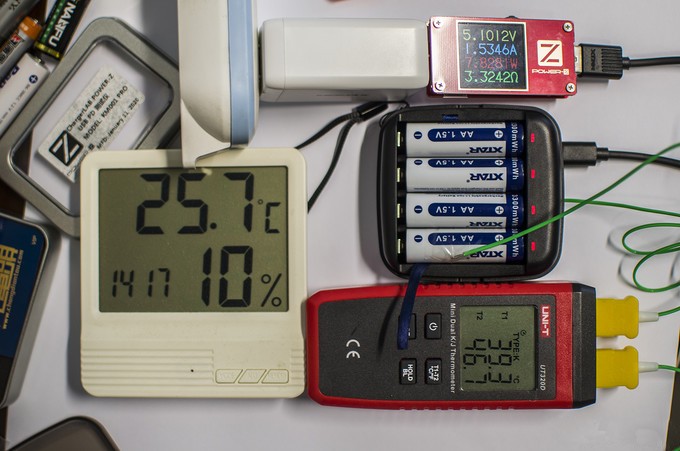
It took 3 hours and 43 minutes to fully charge the four lithium batteries, charging a total of 17.359Wh. The XTAR battery capacity is not false.
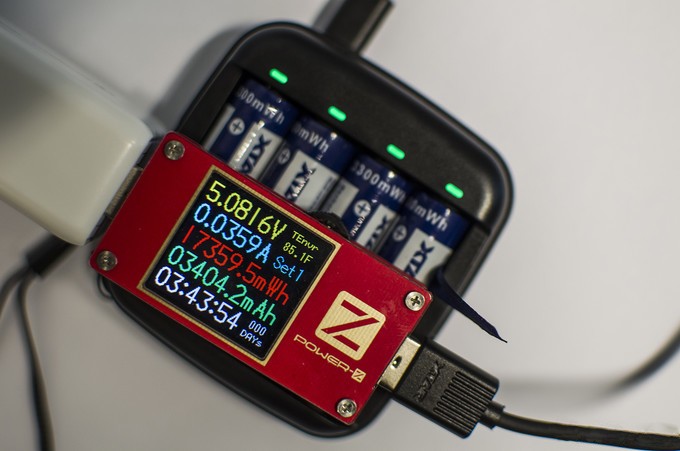
The judgment of end-of-charging voltage for lithium batteries is slightly higher at 1.5V, which ensures a full charge.
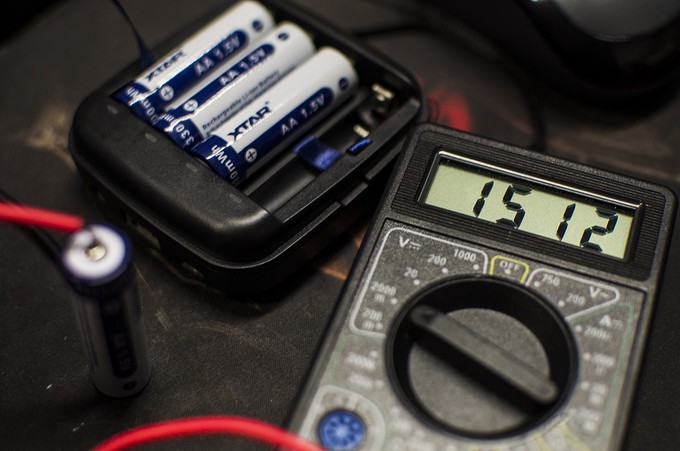
Charging Ni-MH batteries
The Ni-MH battery is pre-charged about 5 minutes when start charging. The BC4 uses a small current to activate the battery. At this time, the current strength is about 0.2A, which does not hurt the battery. I tried several sets of batteries, all with similar activation current and time.
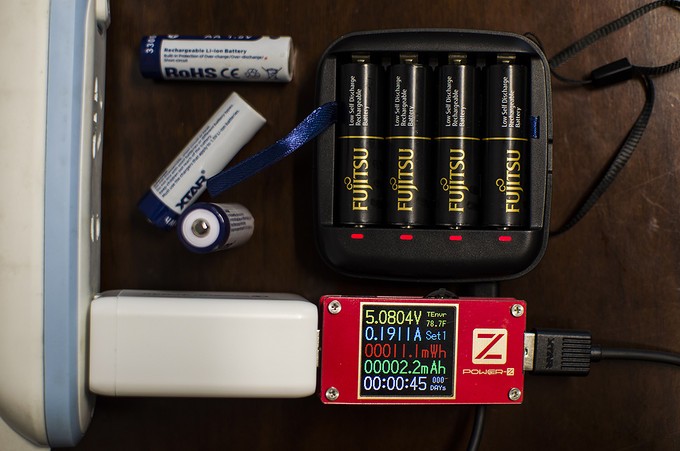
In the middle of charging, the current can exceed 1.1A, and the power is about 6W, which also ensures a faster speed.
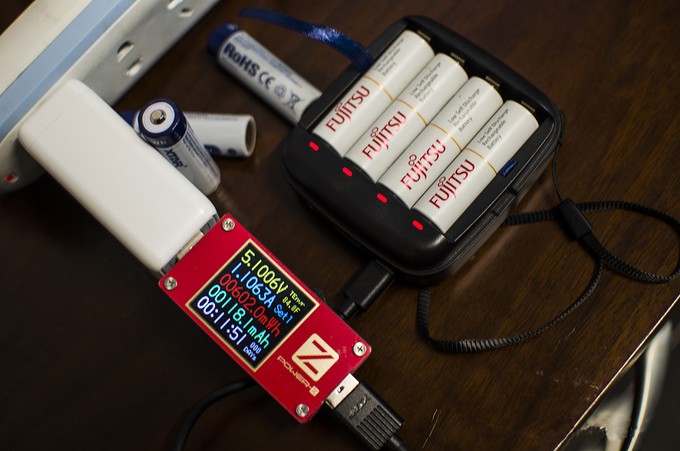
Because it is not the protagonist of this test, the Ni-MH batteries were not fully discharged before charging, and it takes about 2 hours to fully charge.
The end-of charging voltage of the AA Ni-MH batteries were judged with more than 1.43V. The bateries was fully charged. The judgment was accurate.
The end-of-charging voltage of AAA Ni-MH batteries were about 1.33V. It may be related to the longer time use on these AAAs and the greater internal resistance.
Discharging temperature
Using 1.5V Li-ion batteries to charge my mobile phone. At beginning, the room temperature is 25.8℃. At the middle of the charging, the temperature on the surface of the batteries is more than 51.1℃, and the temperature inside the BC4 was about 56℃. The calorific value is relatively large, and there is energy loss. The four full-charged batteries charged about 50% power of the phone. The emergency use performance is good.
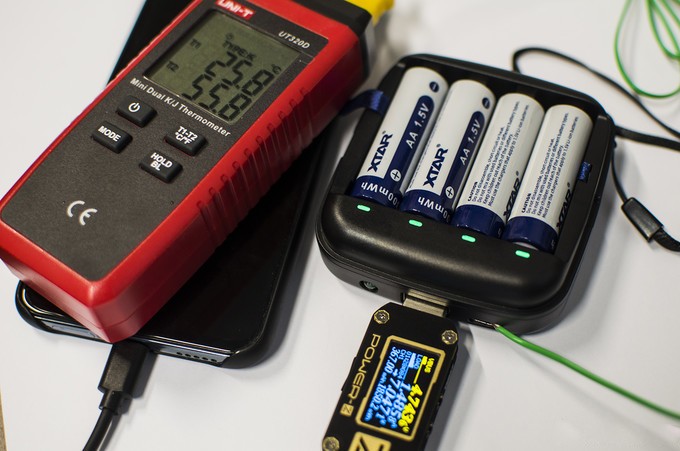
Conclusion
Judging from the results of the tests in few days, XTAR’s 1.5V lithium battery and BC4 charger are superior to nickel-metal hydride batteries and chargers in terms of performance and appearance. And XTAR BC4 can also be used as a battery storage box. You can get a XTAR BC4 and four XTAR 1.5V AA lithium ion batteries to experience the small size, high voltage and fast charge and discharge use.